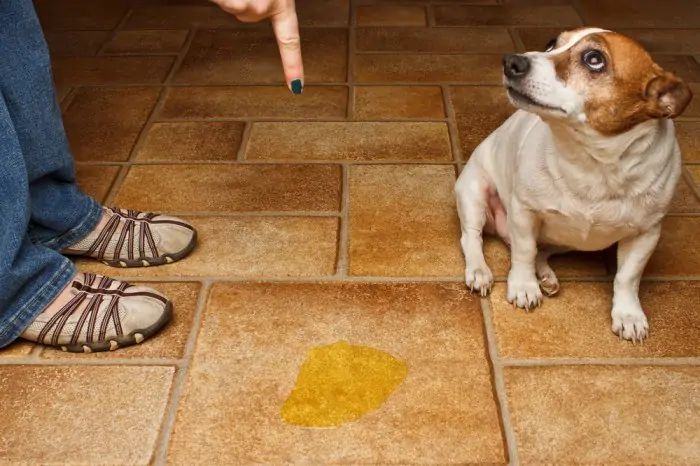Potty training a new puppy can feel overwhelming, but with the right plan and consistency, you can teach your furry friend to do their business in the right place in just 7 days! Whether you’re a first-time dog owner or just need a refresher, this step-by-step guide will help you succeed.
In this article, you’ll learn how to potty train a puppy fast, avoid common mistakes, and create a schedule that works for you and your pup.
Why Potty Training Is Important
Proper potty training:
- Keeps your home clean
- Prevents future accidents
- Builds trust between you and your puppy
The key to success? Consistency, patience, and positive reinforcement.
7-Day Potty Training Schedule
Day 1: Create a Schedule and Designate a Spot
- Take your puppy outside every 1–2 hours and after eating, drinking, playing, or waking up.
- Choose a specific potty spot in your yard or nearby area.
- Use a consistent phrase like “Go potty” each time.
- Praise and reward your puppy immediately after they go.
Tip: Keep a potty log to track when and where your puppy goes.
Day 2: Set Up a Feeding Routine
- Feed your puppy at the same times every day.
- Remove food between meals to avoid random potty urges.
- Monitor water intake, especially before bedtime.
Puppies usually need to go 15–30 minutes after eating.
Day 3: Supervise Constantly
- Keep your puppy in sight at all times or use a leash indoors.
- Watch for signs they need to go: sniffing, circling, whining.
- Interrupt indoor accidents with a gentle “No,” then guide them outside.
Never punish your puppy for accidents. This causes fear, not learning.
Day 4: Introduce Crate Training
- Crates are effective because puppies avoid soiling where they sleep.
- Choose a crate that’s just big enough to stand, turn, and lie down.
- Take them out immediately after crate time for potty breaks.
Crates also help puppies sleep through the night without accidents.
Day 5: Reinforce with Rewards
- Use high-value treats and lots of praise for outdoor potty success.
- Say your potty cue (“Go potty”) and reward within seconds after they go.
- Avoid over-excitement, which can distract them mid-potty.
Day 6: Practice Patience and Adjust
- Some puppies learn fast, others need more time.
- If accidents happen, go back a step and review your routine.
- Clean messes with enzyme-based cleaners to remove odors.
Day 7: Build Independence
- Start allowing your puppy short periods alone outside (if safe).
- Encourage them to go to the potty spot on their own.
- Maintain your schedule while gradually increasing freedom.
Common Potty Training Mistakes to Avoid
- Inconsistent feeding or potty times
- Leaving food/water out all day
- Punishing your puppy
- Using harsh cleaners (that don’t eliminate odor)
- Skipping crate training
Final Tips for Successful Potty Training
- Stick to your routine — consistency is key!
- Be patient and positive.
- Celebrate small wins — each success builds good habits.
FAQs
Q. How long can puppies hold their bladder?
A: A good rule of thumb: 1 hour per month of age, plus one. (E.g., a 2-month-old puppy = about 3 hours.)
